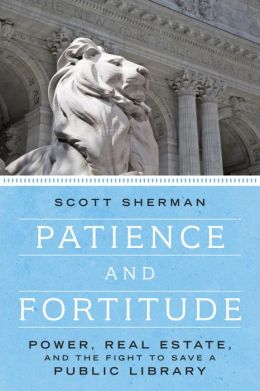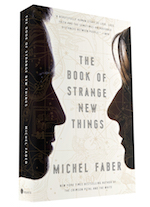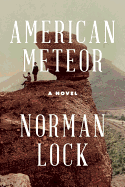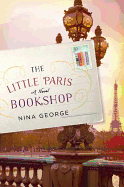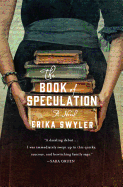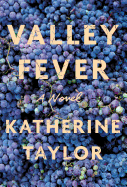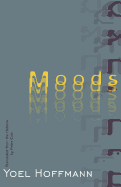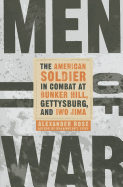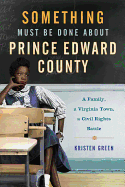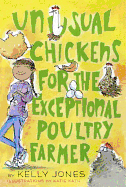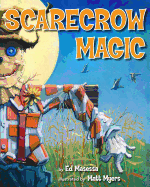Michel Faber has proven to be an electic and visionary writer. He has tackled Victorian England in The Crimson Petal and the White, followed an extraterrestrial with bad intentions through Scotland in Under The Skin and retold the Prometheus myth in The Fire Gospel. The Book of Strange New Things is Faber's most ambitious novel yet. It tells the story of Peter, a missionary to the planet Oasis, and his wife, Bea, back on Earth as the planet experiences catastrophic events. Shelf Awareness interviewed Hogarth/Crown senior editor Zachary Wagman about The Book of Strange New Things and his experience of working with Faber.
 |
| Michel Faber |
|
 |
| Zachary Wagman |
|
How long have you been working with Michel Faber as an editor? What was it about him and his writing that piqued your interest?
The Book of Strange New Things is the first book that we've worked on with Michel. I was aware of him, of course, from the phenomenal success of The Crimson Petal and the White. Because of that book, his reputation as an inventive and fluid storyteller who has a unique command of language preceded him. We started reading The Book of Strange New Things with that in mind and we weren't disappointed. It's such an ambitious premise--a pastor travels to another planet, but tries to stay connected to his wife on Earth--but he handles it so subtly, and with great emotion.
If you were trying to sell Michel Faber to a reader who has never read him before, what would you say?
We would say you're in for a treat! He's a tremendously gifted writer. He's confident, methodical and utterly fearless. From the strange and thrilling Under the Skin to the sweeping bravado of The Crimson Petal and the White to haunting short stories and provocative essays, he's an innovative, curious and deeply creative writer.
Each book Faber writes is so different than the last. What are the rewards and challenges of working with him?
Michel is a thoughtful and serious writer, who wholly inhabits the worlds he creates--his imagination is boundless. The reward for any editor working with him is to be able to live in those worlds alongside him.
One essential aspect of The Book of Strange New Things is the love story between Peter and Bea. Because of the distance, their relationship is reduced to computer text exchanges. Do you think this was Michel's commentary on our own increasingly tech-centered communications in our own lives?
That's interesting. Peter and Bea's correspondence is so crucial to Peter's experience on Oasis--without it, he might have totally lost himself. So, actually, technology is extremely important in this case. It allows Peter to maintain his humanity, to remind him of the love he has at home. I can't speak for Michel's intentions, but we read it as a sort of tribute to how technology can keep us connected to those far away from us.
The novel works on so many levels--science fiction, love story, societal commentary. From a publisher's standpoint, does the sheer scope of the book present any challenges?
All books present their own set of challenges, but the scope of The Book of Strange New Things is, if anything, an asset to its publication. After The Crimson Petal and the White, readers know that Michel Faber writes long, immersive books. While The Book of Strange New Things is not set in Victorian England, it sets you firmly in its version of the future. Michel's great talent is in how he brings his novels to life, and this book is no exception.
The Oasans are a fully realized species, as is ecosystem of their planet. How did Faber develop the science fiction aspects of the book?
It seemed to me that Michel wanted to create a new world that would thoroughly disorient Peter, but also serve as a stark contrast to Earth and what Bea has to endure. I knew Michel was well versed in science fiction--his novel Under the Skin has SF elements as well--so this wasn't very surprising. However, we were pleasantly surprised by his acknowledgements, where he thanked the writers of Marvel Comics in the 1960s, like Steve Ditko and Jack Kirby. They were incredibly influential on him and their world-building influenced how he envisioned Oasis. --Donald Powell
